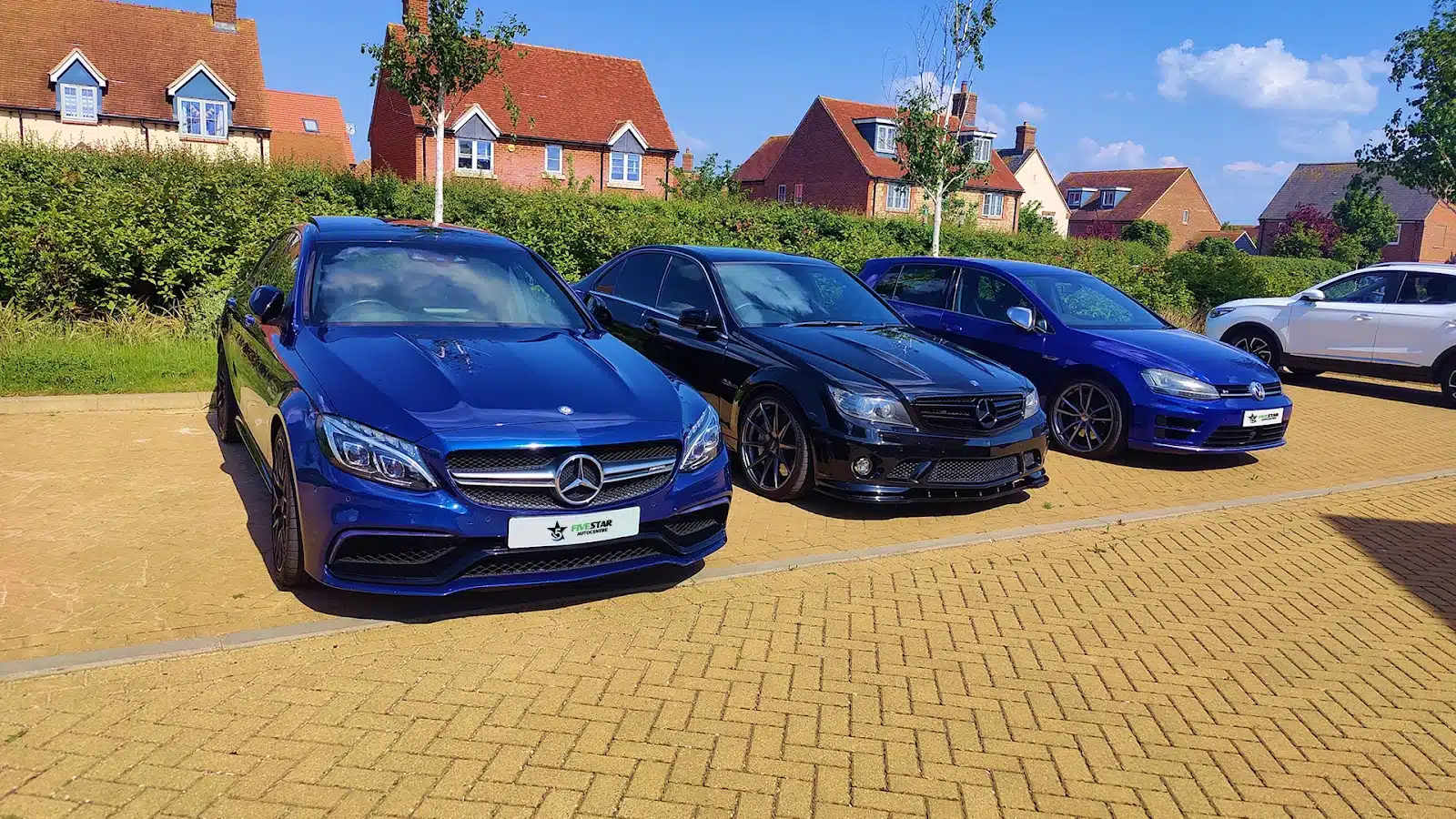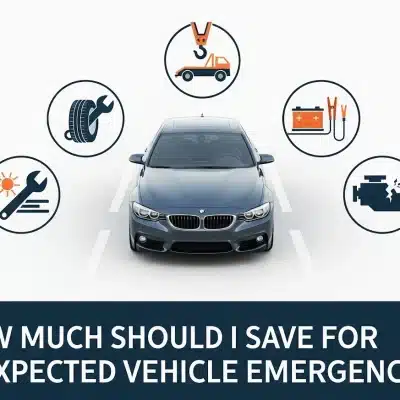Buying a used car should feel smart, not stressful. The fastest way to avoid hidden write‑offs, outstanding finance, and mileage rollbacks is to run a proper car history check that validates identity, finance and safety red flags before you even book a viewing. For an all‑in‑one UK vehicle background report, many buyers use Car Owl to see write‑off status, finance, stolen markers, mileage anomalies and more in seconds.
This guide will help you check the major 10 things before you buy a used car. These are important to protect your bank and your investment. Alrighty! Let’s start.
1) Match the VIN, V5C and what’s on the car
Find the Vehicle Identification Number (VIN) on the windscreen plate, driver‑side door jamb or under the bonnet, and make sure it matches the VIN on the V5C logbook and any manufacturer plates. If VIN or keeper details differ from official records, walk away and investigate. Car Owl’s full report includes a VIN confirmation step to help you spot cloning.
2) Car Owl Checks DVLA records and official MOT history
Feel free to use official services like Car Owl or the DVLA to confirm the basic history of the vehicle:
• Vehicle information and buyer checks: GOV.UK – Buy a vehicle
• Car Owl MOT History Check (mileages, failures, advisories): CarOwl.co.uk – Check MOT history
• DVLA MOT status and due date: GOV.UK – Check MOT status
3) Run a complete car history check (the entities that matter)
A comprehensive history report covers: insurance write‑off categories (Cat S/N), outstanding finance (HP/PCP), stolen markers, scrapped/exported flags, plate changes, keeper changes, import status, and mileage discrepancies via MOT mileages and industry data. Run this before viewing so you only spend time on cars with a clean, transparent background with nothing to hide. Start with Car Owl.
4) Understand write‑off categories (Cat S vs Cat N) — and how to buy safely
Plain‑English definitions:
• Cat S (Structural, repairable): structural damage to chassis rails, pillars, sills, floorpan or crash structure. Repairable, but the shell was affected
.• Cat N (Non‑structural, repairable): no structural damage, but safety‑critical systems (airbags/SRS, steering, brakes, HV electrics) may be affected.
What this changes for you:
• V5C logbook: Cat S cars get a re‑issued V5C with a marker; Cat N V5Cs typically have no literal comment.
• Insurance & resale: many insurers cover Cat S/N, but premiums or valuations may differ; resale is usually lower than clear cars.
Ask for this paper trail before you view:
• Pre‑repair photos of the original damage
• Itemised bodyshop invoices and engineer report (referencing OEM/Thatcham methods)
• Airbag/SRS evidence if deployed, ADAS calibration certificates, and four‑wheel alignment printouts
• MIAFTR/insurer claim reference and incident date
Inspect on the car:
• Panel gaps, welds and sealant quality; look for overspray in hidden areas
• Straight‑line tracking, vibration‑free braking, correct airbag light sequence
• Even tyre wear; check MOT advisories for recurring issues on the same corner
5) Screen for outstanding finance (HP/PCP)
If a car is on hire purchase or conditional sale, the finance company may retain title. A history check flags active agreements so you can contact the lender and confirm status before paying a deposit. Know your rights as a good‑faith buyer and keep all written confirmations.
6) Look for mileage anomalies
Compare MOT mileages year by year with service records and invoices. Any inconsistency is a red flag that affects value and safety. Car Owl visualises mileage changes clearly so anomalies are easy to spot.
7) Check for stolen, scrapped or exported markers
A robust search cross‑checks police stolen markers and DVLA statuses for scrapped or exported vehicles. If something looks odd, get written clarification from the authority before proceeding.
8) Use MOT advisories as negotiation and risk signals
Repeated advisories or failure notes on tyres, brakes, suspension or visibility could point to future spend. If found, you should price these repairs into your offer to the seller, or simply walk away.
9) Inspect documents and the car in daylight
Confirm the seller’s ID matches the V5C address. Review service history, plate transfers and keeper changes for consistency. Test drive on mixed roads and check warning lights, brake feel and steering pull.
10) Price, warranty and a professional inspection
Compare like‑for‑like cars with the same history status, mileage and spec. If you’re unsure mechanically, commission a pre‑purchase inspection. Confirm exactly what any dealer warranty covers and for how long.
Quick recap
• Verify identity: VIN, V5C and DVLA records must match.
• Check the MOT history: MOT history and advisories can expose neglect.
• Run a full car history check to find hidden write‑offs, outstanding finance, stolen markers, mileage anomalies, import/export markers, plate changes and keeper changes.
• It’s advised to inspect in daylight and test drive with a checklist.
• Only pay when every data point agrees.
FAQs
What does a car history check include? DVLA records, MOT history, ABI/MIAFTR salvage data for write‑off categories, finance registers for outstanding HP/PCP, police stolen markers, and flags for scrapped, exported, imported, plate changes and keeper changes.
Is Cat N less serious than Cat S?Generally yes. Cat N is non‑structural; Cat S affects structure. Either can still carry safety or resale implications — inspect repairs and paperwork carefully.
Where do I find the VIN?Common locations include the base of the windscreen, the driver‑side door jamb and stamped areas in the engine bay. The VIN must match the V5C and any plates on the vehicle.
How do I check MOT history for free? CarOwl.co.uk – Check MOT history
Summary & next step
If the physical car, paperwork and data all agree, you’re on the right track. If one item doesn’t add up, slow down and investigate. Before booking an inspection or sending a deposit, run a complete car history check so you can negotiate from a position of certainty. Start with Car Owl.


